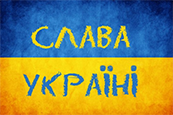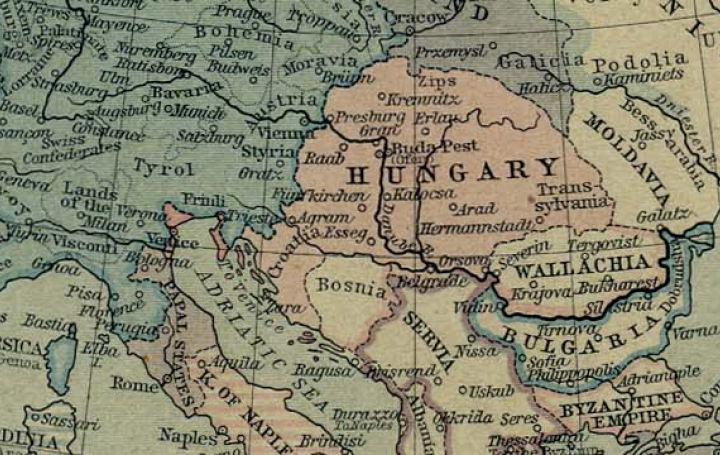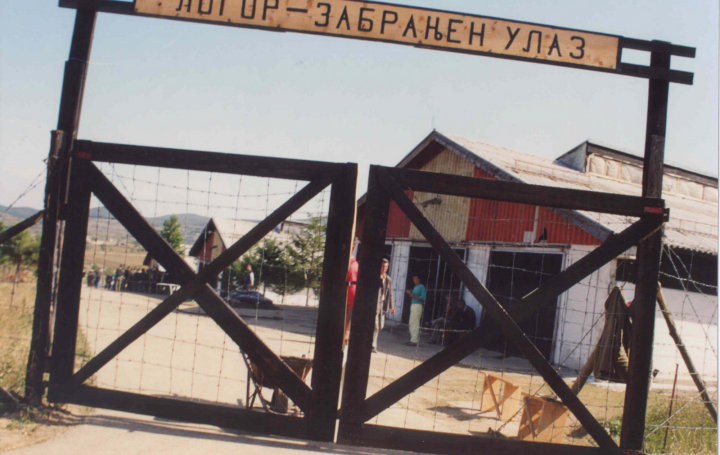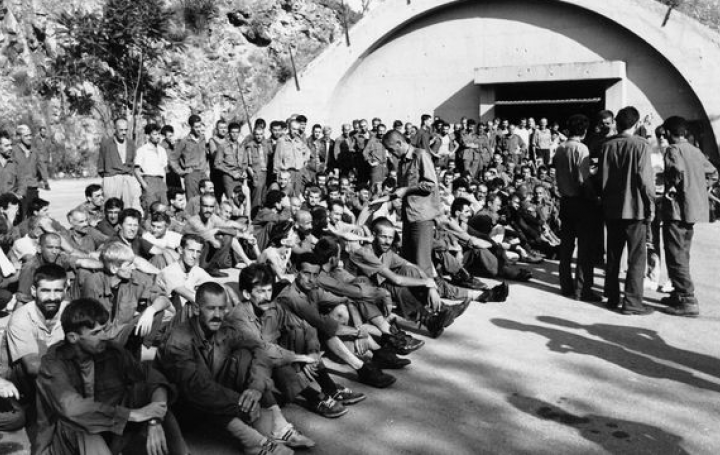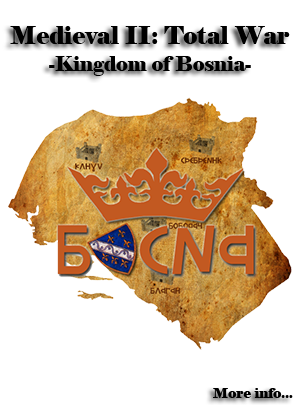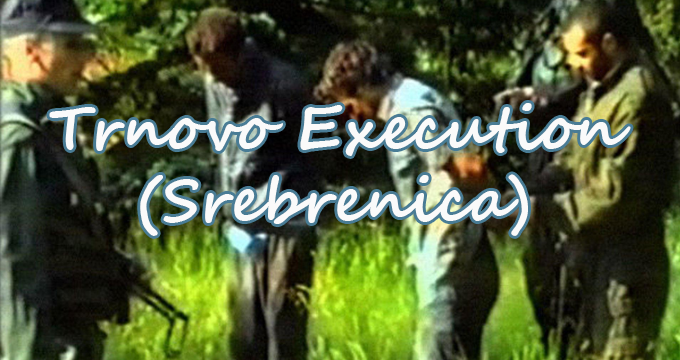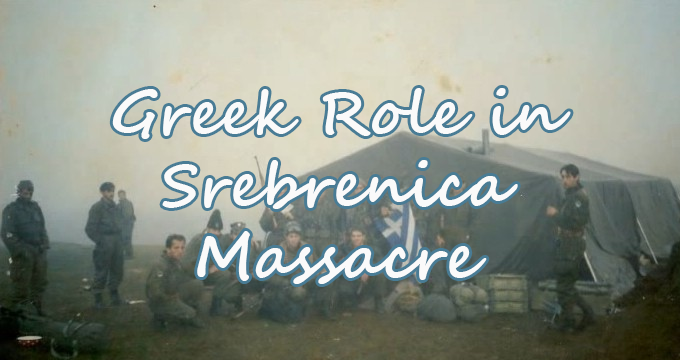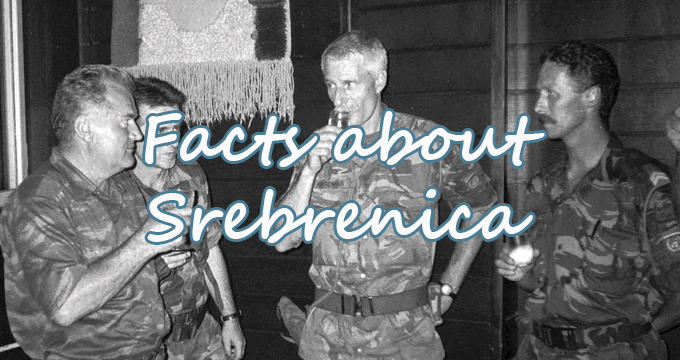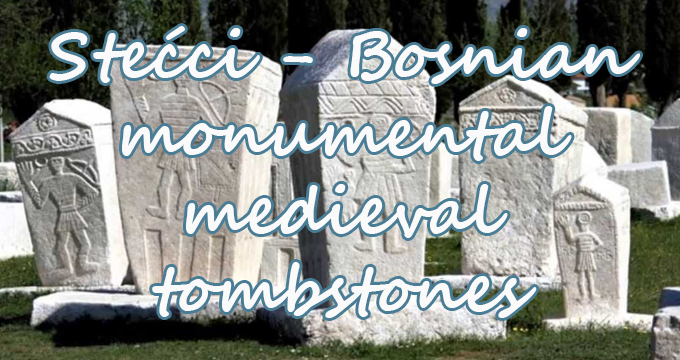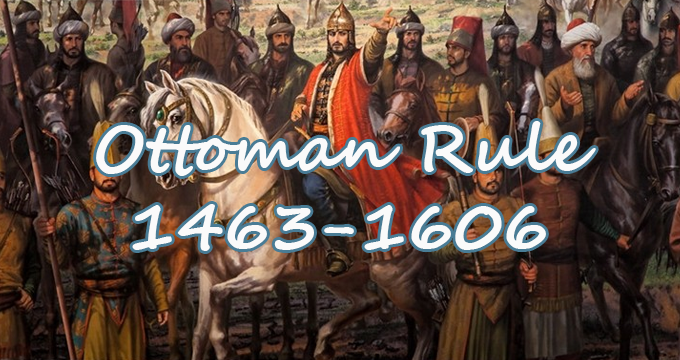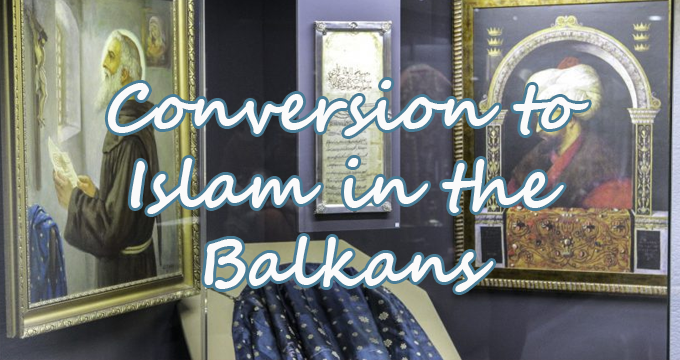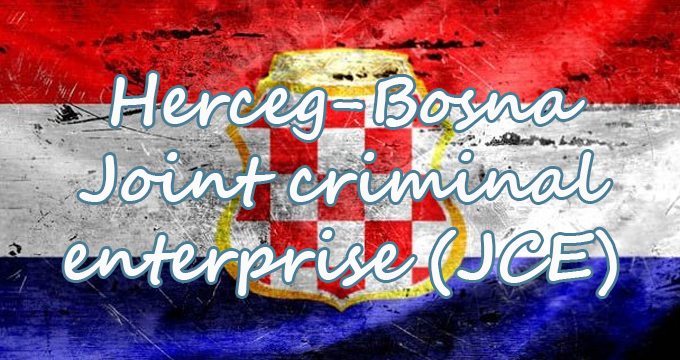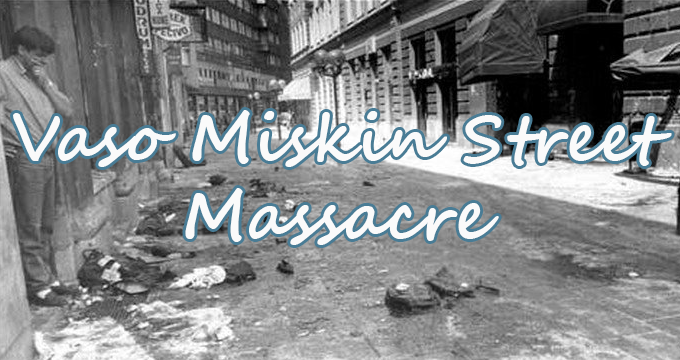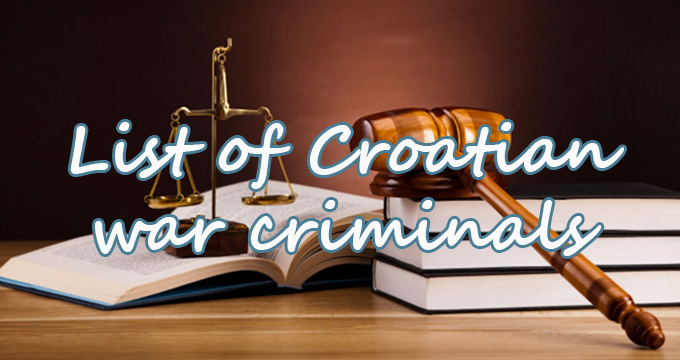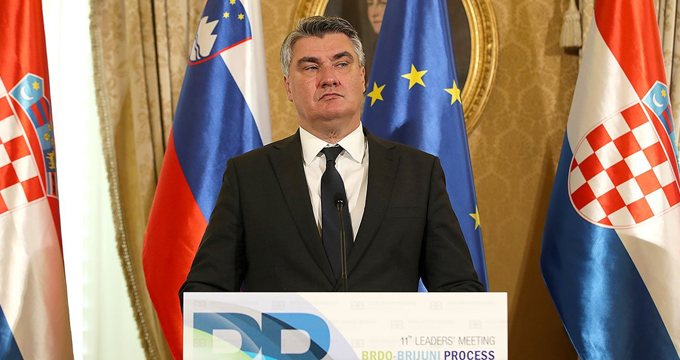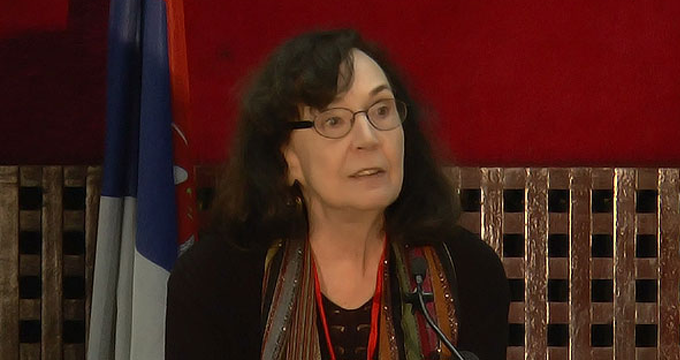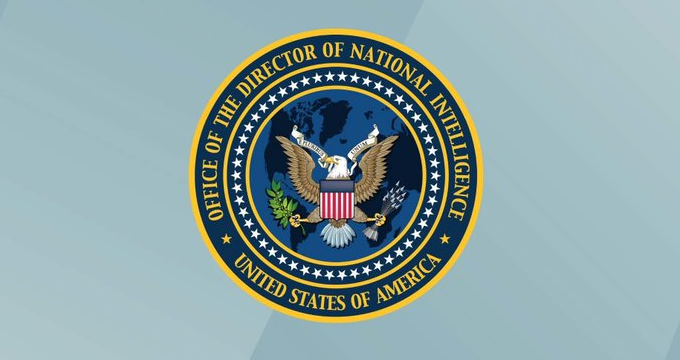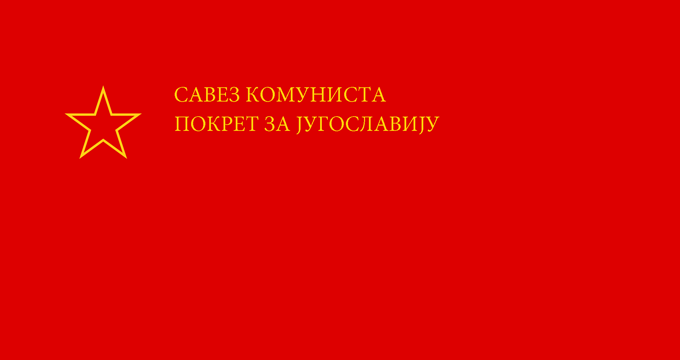One of the coordinators and immediate organizers of the formationand arming of the Serb armed formations on the territory of Bosniaand Herzegovina was also the Union of Communists - Movement forYugoslavia (SK-PJ), and its People’s Front. Namely, this was a politicalparty which, after the failure of the Yugoslav communist organization,gathered all the officers and civilians serving the JNA through the lineof command, as well as a significant number of veterans’ organizations,the Union of Reserve Military Officers, declared Yugoslavs, and allthose, who mainly supported Milosevic’s policy and were ready toeven become militarily involved “for the salvation” of Yugoslavia.[1]
Given that the SK — PJ gathered mainly the JNA members and thus,in fact, constituted a semi-military organization under the JNA umbrella,that is, an extended arm of the JNA, in direct contact with the highestmilitary leadership of SFRY and the political and military leadershipsof Serbia and Montenegro, this party focused significant activity onformation of special military units, which “immediately placed themselvesunder the leadership of the first competent JNA command”. Thisfact shows that the SK — PJ directly participated in planning, preparationand conducting of the aggression against Bosnia and Herzegovina.These activities particularly included involvement of General StevanMirkovic, pensioned Colonel Budimir Djordjic, and others.[2]
The activity of the SK — PJ on formation and armament of thearmed formations was particularly evident in the areas of BosanskaKrajina, a part of Semberija and Posavina, and in the Doboj region. On the territory of Bosanska Krajina, in cooperation with certainmembers of the Union of the Veterans of the National Liberation War— SUBNOR, then with former camp inmates and pensioned officers ofthe JNA, recruited some 5,150 persons into those units. Specifying bymunicipalities in terms of units and their members, on January 15, 1992,this board submitted a memo to the Yugoslav Board of the SK-PJ, seekingto be supplied with the same number of firearms.[3]
The Municipal Board of SK-PJ for Modrica, with its president Vojo Radiskovic (sales director of the PP Hemija), who had activelyinvolved himself in the preparations for the aggression against Bosniaand Herzegovina, included 445 persons into their lists, for whom onMarch 20, 1992, they made a specification of the required armamentand equipment. On that occasion, they requested to be supplied with300 automatic and 100 semi-automatic rifle guns, 40 submachineguns, 10 M-48 rifles, 50 pcs of “scorpion” automatic guns, and thelike, as well as the corresponding ammunition.[4]
On the territories of Doboj and Teslic as well, lists were made ofthe persons who had applied as volunteers for filling in of the warunits of the JNA, in which the SK-PJ gave its own “contribution”.[5]
The JNA was arming the members and supporters of the SK-PJ.They used this armament, supplied and heartily distributed to them bytheir “mother”, for the aggression against Bosnia and Herzegovinaand for the crimes against unarmed civilian population. Among themembers of the SK-PJ, there were also a number of direct perpetrators“of the unrestrained Greater Serbia nationalism and fascism.” Thus,for instance, the members of the SK-PJ from the villages of Vranjak, Dugo Polje, Botajica, and Milosevac, together with the JNA and otherSerb criminals, on May 3, 1992, took part in the aggressive attack onModrica. Gavro Drinic, from the leadership of the SK-PJ, former chiefof staff of the police in Modrica, entered the city with six transportersand took the Radio, the Municipality Assembly Building, the Police Precinct, and the like. Predrag Lasica, leader of the Pale board of theSK-PJ, took part in the crimes against Bosniaks in Pale.[6]
References:
1. Niaz Durakovic, the aforementioned work, pp. 245-246. There were 99 per centSerbs among the members of this party.
2. Ibid.; Dnevni izvjestaj, no. 7, May 1, 1992.
3. Dnevni izvjestaj, no. 110, August 12, 1992.
4. Ibid.; Dnevni izvjestaj, no. 184/185, October 26, 1992.
5. Ibid.
6. Dnevni izvjestaj, no. 9-11, May 5, 1992, and no. 75, July 8, 1992; S. and B.Sator, RAT U ODZACKOJ POSAVINI, (manuscript), Zenica, 1993, p. 4.

